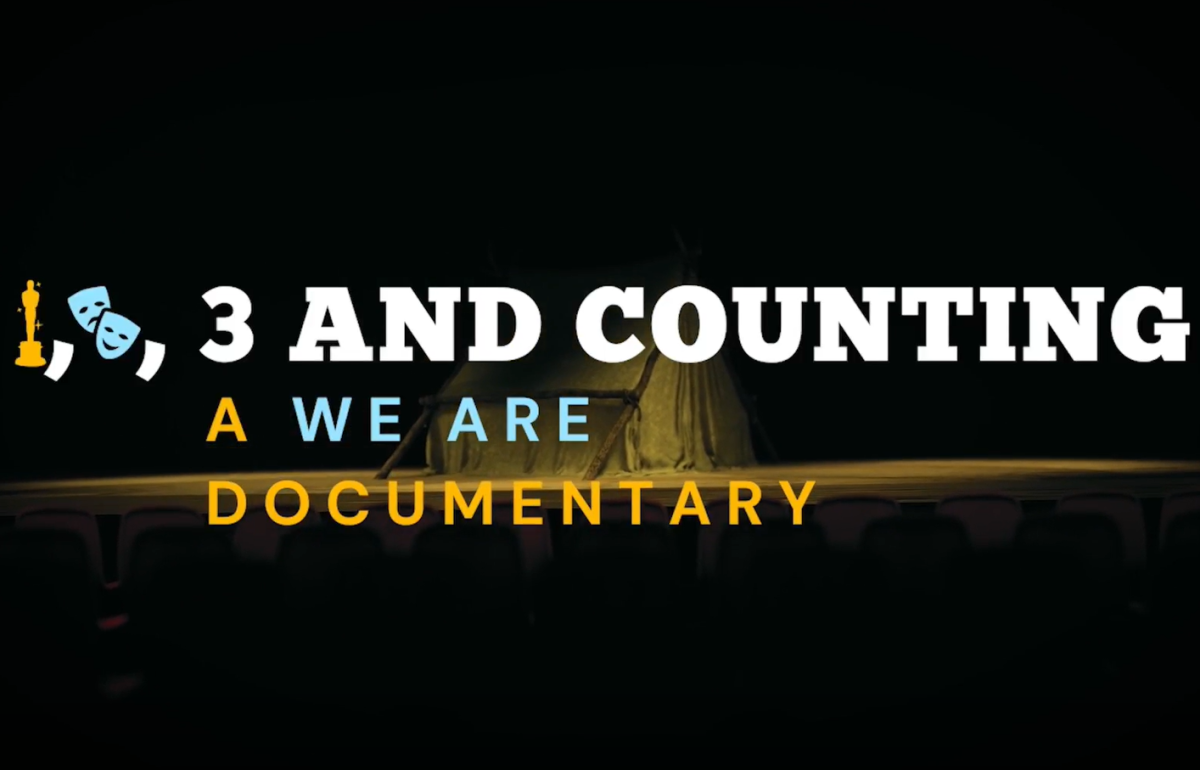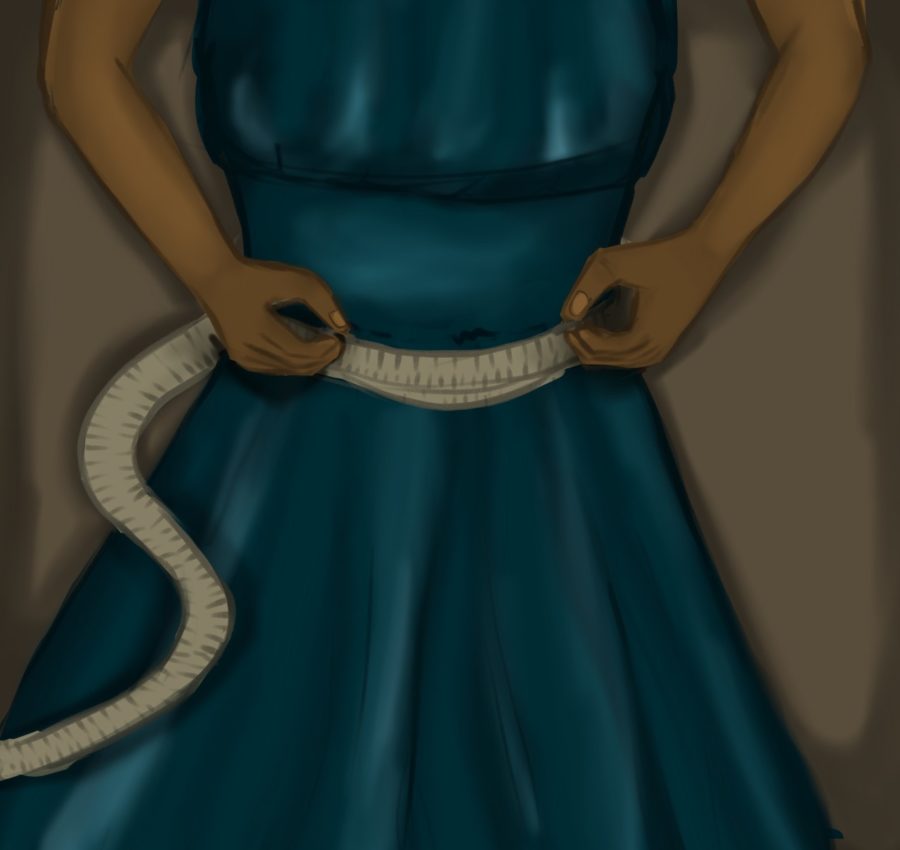The Evolution of the “Ideal Body”
November 30, 2022
The 2000s are back. This statement has been confirmed by countless articles, all featuring a plethora of nostalgic fashion trends. From low-rise jeans to baby tees, the y2k look has taken the world by storm. With this style flooding runways and screens, we are currently in a full-on 2000s renaissance. While the majority of these old-school trends are fun and harmless, there are a few elements of the y2k era that we definitely do not want to bring back.
The glitter and camp of the early 2000s hid an industry riddled with toxic body expectations. From Paris Hilton to Britney Spears, the stars that regularly adorned tabloid covers had one thing in common: their size zero bodies and conventionally good looks. The outrageously low-rise pants and crop tops they sported became less about fashion and more about promoting the slim bodies that can fit into these minuscule styles.
This obsession with achieving the ideal body is reminiscent of the late 90s term ‘heroin chic’. The expression described the dangerously skinny, waif-like models that walked the runway at the time. Stars like Kate Moss were poster girls for this fearful trend, gracing magazine covers regularly. This popular term had such harmful effects that it warranted a response from the, at the time, US president Bill Clinton. He spoke about the dangers the craze could cause and diminished the fashion houses that advertised it.
Thankfully, in recent years we have moved past these unattainable standards. Self-love and body positivity has played a major factor in this shift, with thousands of influencers promoting this optimistic message. However, the New York Times recently released an article proclaiming, ‘Bye Bye Booty: Heroin chic is back’. It went on to address how recently, thin seems to be the goal. This is a massive shift from the ‘slim-thick’ body that was desired in the last decade.
The romanticization of 2000s culture and style has played a major role in this renewal. We are looking back to the past for inspiration but seemingly forgetting the struggles that came along with it. Kim Kardashian’s recent drastic weight loss is just more confirmation that slim is back in. Earlier this May, she boasted about losing 16 pounds in three weeks by applying herself to a strict diet and exercise regime. This crash diet was extremely unhealthy, according to the New York state academy of Nutrition and Dietetics. A spokesperson from the academy stated, ‘It’s definitely not a safe way to lose weight.’ With confirmation from health experts, it is safe to say the resurgence of ‘slim is in’ is already promoting dangerous body ideals.
Society has lived through this time before, and we are armed with the tools and resources to prevent these standards from reaching all-time heights. For example, Tiktok has blocked the terms #thinspo and #heroinchic, instead leading users to links for eating disorder helplines. We possess knowledge that was not available 20 years ago and this can be used this for the better. The world has come such a long way in terms of body positivity and those efforts should not be undermined any time in the near future.














